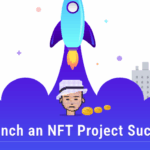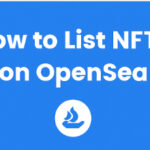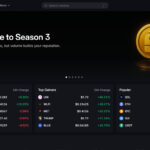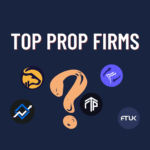In this article, I will discuss the NFT Game Development Basics only. How NFTs are integrated into games, the role of blockchain, smart contracts, and in-game assets will be highlighted.
This guide spans the many fundamental processes of game development such as design, NFT, wallet integration, along with community-building, which serves as a starting point for many hopeful developers.
Understanding NFTs Game
An NFT game is still a video game, but one that integrates Non-Fungible Tokens (NFTs), with unique gameplay assets that exist on a blockchain. As opposed to a traditional game, in which items are owned in-game, NFTs are owned, verifiably scarce, and can be bought, sold, or traded beyond the game marketplace.
These games incorporate blockchain technology not only to secure ownership of the game assets, but also enable players to earn cryptocurrency and game assets in return for seamless game transactions.
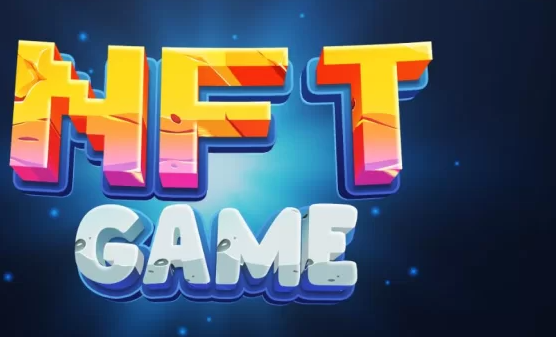
NFT games can be in the form of collectible card games, virtual, role-playing, or strategy games, and can have tradeable assets such as characters, skins, weapons, or land. This model functions in a play-and-earn (P2E) manner and enables developers as well as players to gain attractive investments.
The ever increasing popularity of NFT games can be attributed to the unique convergence of gaming, digital ownership and decentralized finance (DeFi) that enables developers to offer a more engaging and control-centric ecosystem.
NFT Game Development Basics
Understand NFTs and Blockchain
- Understand and analyse the different attributes of NFTs versus a usual digital asset.
- Study Blockchain Technology, and consider its applicable security and transparency features.
- Understand the function of NFTs in establishing ownership of in-game assets.
2. Define Your Game Concept
- Select the game type you wish to develop (e.g. RPG, strategy, collectible, virtual world, etc).
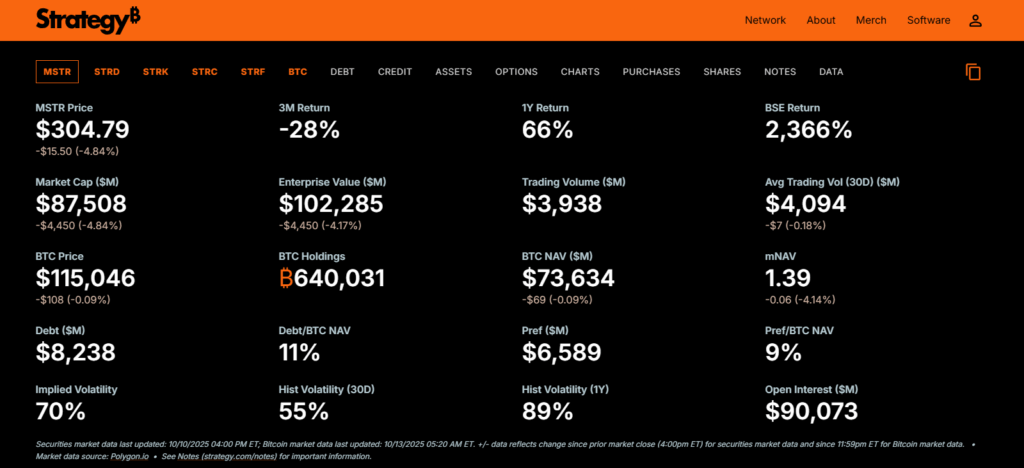
- Define the audience and the style of play.
- Conceptualise the dynamic of NFTs and their use as parte of the mechanics and rewards.
3. Design Game Play Mechanics
- Devise a comprehensive design document that includes all the rules, levels and the way players interact.
- Conceptualise the other NFTs and items, skins, characters, land, and the in-game economy and tokens circulation.
4. Choose a Blockchain Platform
- Determine which blockchain best addresses the requirements for your game (e.g. Ethereum, Solana, Polygon, etc.).
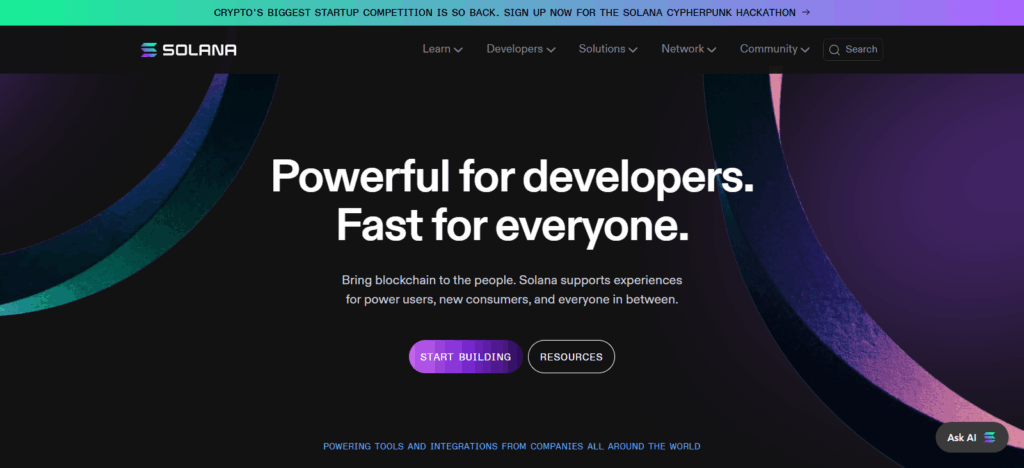
- Critically analyse the cost of transactions and the speed and scalability of the blockchain in relation to its ecosystem support.
- Ascertain a blockchain’s ability to integrate NFTs and smart contracts without constraints.
5. Learn Smart Contracts Basics
- Learn blockchain’s method of automating transactions using smart contracts.
- Develop straightforward contracts for minting, trading, and staking NFTs.
- Ensure contracts are thoroughly tested to avoid bugs or potential exploits.
6. Create NFTs and Metadata
- Create useable digital assets for players including characters, items, land, and collectibles.
- Create and assign metadata that defines the asset’s rarity, attributes, and functionality.
- Use proper NFT standards such as ERC-721 or ERC-1155, for interoperability.
7. Integrate Crypto Wallets
- Enable players to connect wallets such as MetaMask or Phantom to the game.
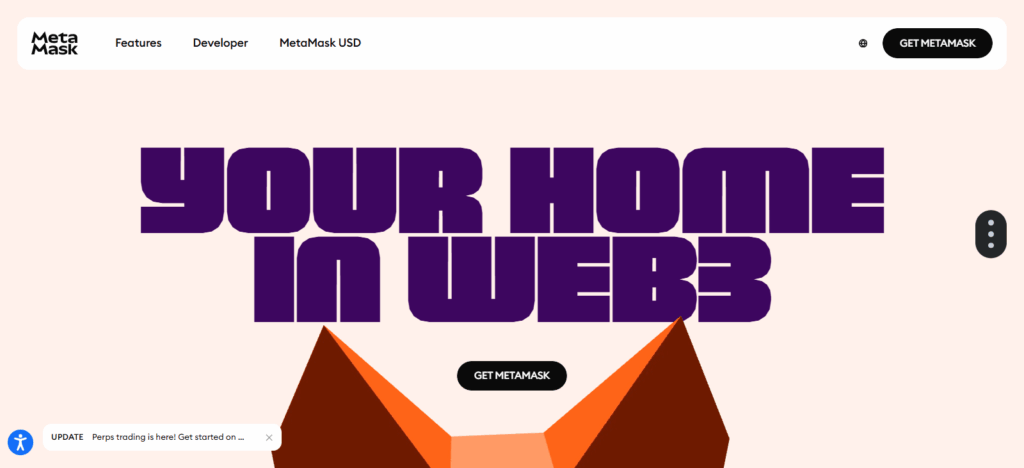
- Establish secure protocols for the management of player assets and the protection of transactions.
- Provide authenticated wallet access for players to conduct buying, selling, or trading of NFTs.
8. Choose Game Development Tools
- Game development can be conducted on Unity, Unreal Engine, or Godot.
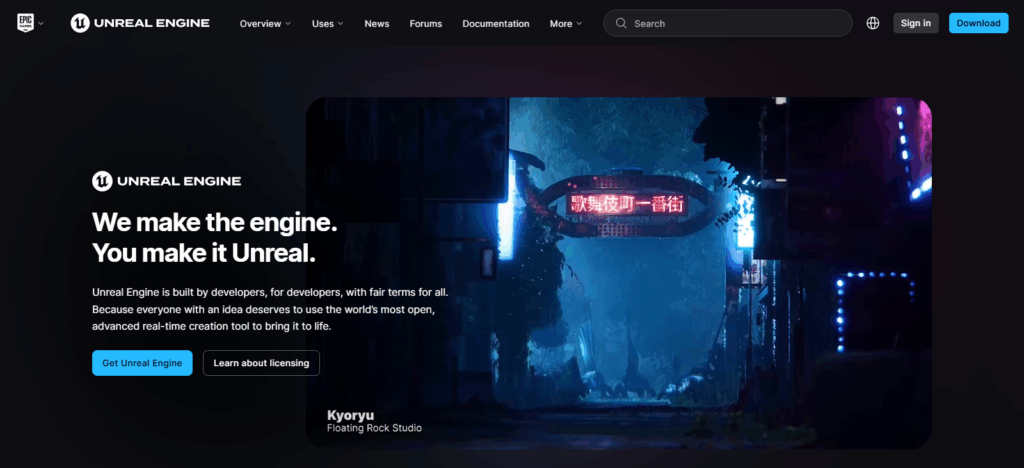
- Use the blockchain API and SDK to tether NFTs to game assets.
- Select tools that pursue cross-platform deployment and scalability.
9. Test and Deploy the Game
- Use the testnet to evaluate game functionality, NFT transactions, and smart contracts.
- Collect player feedback regarding game mechanics and user experience for necessary iterations.
- Once all parameters have been thoroughly tested, the game, along with the NFTs, can be launched on the mainnet.
10. Build Community and Market the Game
- Reach out to players and NFT collectors on social platforms and Discord.
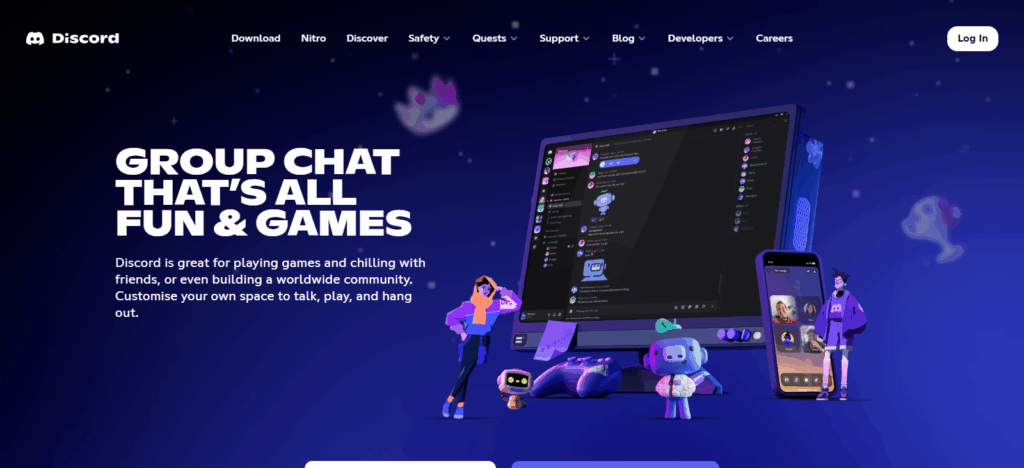
- Run marketing campaigns, organize events, and establish partnerships.
- Communicate with the community about new updates, features, and upcoming NFT releases.
Game Design Considerations for NFT Integration
The NFTs in a game system must be thoughtfully integrated as part of the game design in a balanced and enjoyable manner – Integrating NFTs into a game must be done with consideration of the design of the game as a whole so that balance and enjoyment are maintained.
Game developers need to determine what role NFTs are going to play in the game. What are their functionalities? What is their game currency equivalent? What is their worth? What is the availability?
There must be a balance between providing a positive player experience and the game not being overly monetized to the point of being a pay to win model. Making the game monetized in any manner must be carefully balanced.
There are multiple factors in play which include sustainble in-game economies and NFTs being earned, traded, upgraded, earned, and their seamless interaction with the game. NFTs shouldnt be seen as loose change.
That is, true NFTs must have a purpose in the game and should not be treated as mere collectibles. Develpers need to remember the costs assosiated with the blockchain, and the need to access NFTs with seamless integration of game play and ease of user interaction.
Development Process and Timeline
Conceptualisation (1–2 weeks)
- Set the game category, audience, and core functionalities.
- Set the NFT integration (character, items, land etc.)
- Set the start and end for each phase of the development stage.
Game Design (2–4 weeks)
- Prepare a game design document with all details.
- Balance NFT mechanics, in-game finances, and progression for the game.
- Create NFT assets and balance UI/UX with Visual assets.
Blockchain & NFT Planning (2–3 weeks)
- Decide the chain to go with (Ethereum, Solana, Polygon, etc.)
- Decide NFT standards (ERC-721, ERC-1155) with Metadata design.
- Set the structure for wallet and smart contract integration.
Smart Contract Development (2–3 weeks)
- Write Contract for minting, trading, and staking NFTs and run for each of them.
- Write down the loss and attack patterns and adjust Smart Contract and Contract to avoid them.
- Contract to Ether-link with the test network for deployment.
Legal and Regulatory Considerations
Intellectual Property Rights
- Ownership of in-game assets, artwork, and music must be secured.
- Infringement of copyright proferring third-party content must be avoided.
- Acquisitions of creations should be done through proper licensing.
NFT Ownership and Licensing
- Ownership of NFT should be specifically defined (resale or usage, modification rights).
- NFT holders should have well-defined obligations and rights.
- Clarify limitations to minimize potential legal action from players.
Compliance with Financial Regulations
- Ascertain whether the sale of NFTs or in-game tokens constitute securities.
- Comply with AML and KYC (if applicable).
- Always be informed on current legislation governing NFTs and cryptocurrency on a global scale.
Consumer Protection Laws
- Ensure clarity in pricing, policies on refunds, and other related terms.
- Avoid using unfair promotional methods.
- If underage audience members are targeted, be sure to add controls and other measures to restrict and limit access.
Data Privacy and Security
- Protect the assets of players and their private information in line with GDPR, CCPA, or country-specific legislation.
- Protect wallets and other access points from NFTs through secured connections.
- Ensure active measures are in place to avert digital asset theft through hacking and related activities.
Common Challenges and Solutions
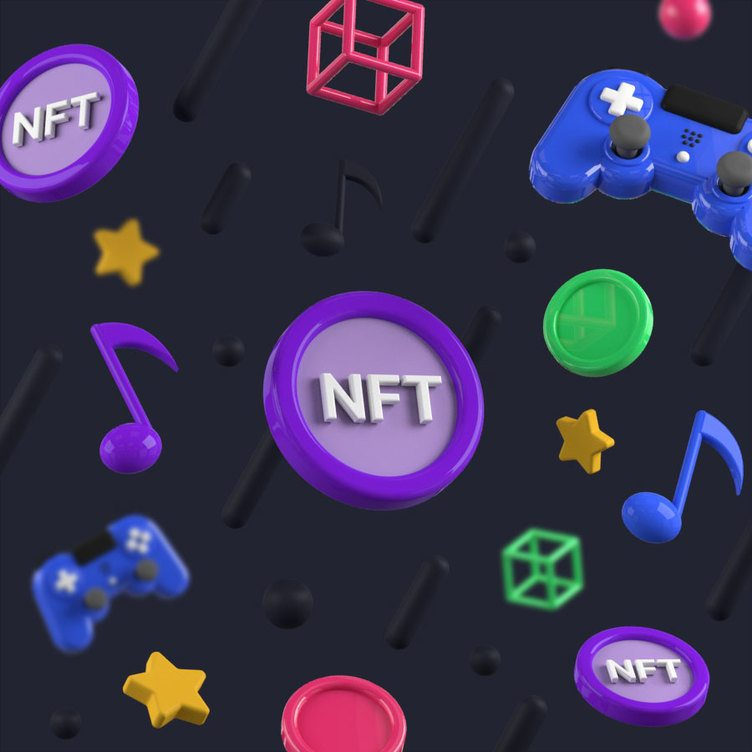
Transaction Fees
- Challenge: Transaction fees on blockchains may be cumbersome for players.
- Solution: Resort to the use of Layer-2 solutions for blockchains like Polygon and Sidechains like Solana which have lower fees.
Scalability Issues
- Challenge: Slow game performance due to large volumes of players and NFT transactions.
- Solution: Properly optimized Smart Contracts coupled with the use of highly scalable blockchain networks or Sidechains.
Security Risks
- Challenge: Smart contracts and wallets are highly susceptible to hacks and exploits.
- Solution: Carry out the proper thorough coding security audits with the best practices followed.
Player Retention
- Challenge: Players may stop engaging with the game if it does not provide fun and sufficient challenge or reward systems.
- Solution: Create the right balanced in-game economy, sustained regular game and event updates to increase player retention.
NFT Games and Legal Risks
- Challenge: Legal in the context of NFT games is either lacking or very complicated.
- Solution: If any of these practices are done, it is best to Consult legal experts KYC, AML and NFT ownership agreements.
Future Trends in NFT Game Development
The future of NFT game development is set to grow and innovate dynamically with blockchain technology becoming more available and scalable.
The gamification of DeFi social features and content supplied by AI embedders elements NFT games with rich social systems, increased investment and a move to a decentralized, player-driven industry.
The expand NFT game development will positively impact a decrease transaction level and eco-safe ultimate consensus along with rich world play metaverse interactivity with avatars, place and items with real use.
The propel Mozilla to better blockchain scalability will make slower and friendlier CSS NFT with added NFTs available to border users.
The social features of NFT games are concerned with sustaining social bound users of value rich ecosystems gamers. These will be the first interoperable NFTs expandable beyond a single use on multiple games thus, alongside the immerse P2E world.
Conclusion
To sum up, grasping the foundational aspects NFT game development is a must for anyone working to break into this emerging market.
Learning about the intertwining aspects of blockchain technology and NFTs, smart contract designing, crafting captivating game mechanics, and community building, every one of them is a building block for a successful NFT game.
NFT game developers can focus on emerging trends to game design with legal, technical, and economic aspects so that it is more than a game, it is a priceless asset for its players. There is a plethora of innovation, player-centric economies, and a revolution of gaming experiences that follows NFT game development.
FAQ
Do I need to know blockchain to develop an NFT game?
Yes, understanding blockchain basics is important because NFTs, smart contracts, and transactions rely on blockchain technology. However, beginners can start with tutorials, SDKs, and low-code tools.
Which blockchains are best for NFT games?
Popular options include Ethereum, Polygon, Solana, and Binance Smart Chain, chosen based on transaction fees, speed, and community support.
What game engines are suitable for NFT games?
Unity, Unreal Engine, and Godot are commonly used, as they allow integration with blockchain APIs and smart contracts for NFT functionality.
How can players earn from NFT games?
Players can earn by buying, selling, or trading NFTs, participating in play-to-earn mechanics, staking tokens, or completing in-game tasks that reward NFTs or cryptocurrencies.
Are NFT games safe to play?
While NFT games are generally secure, smart contract vulnerabilities and scams exist, so it’s important to choose reputable games and follow security best practices.


